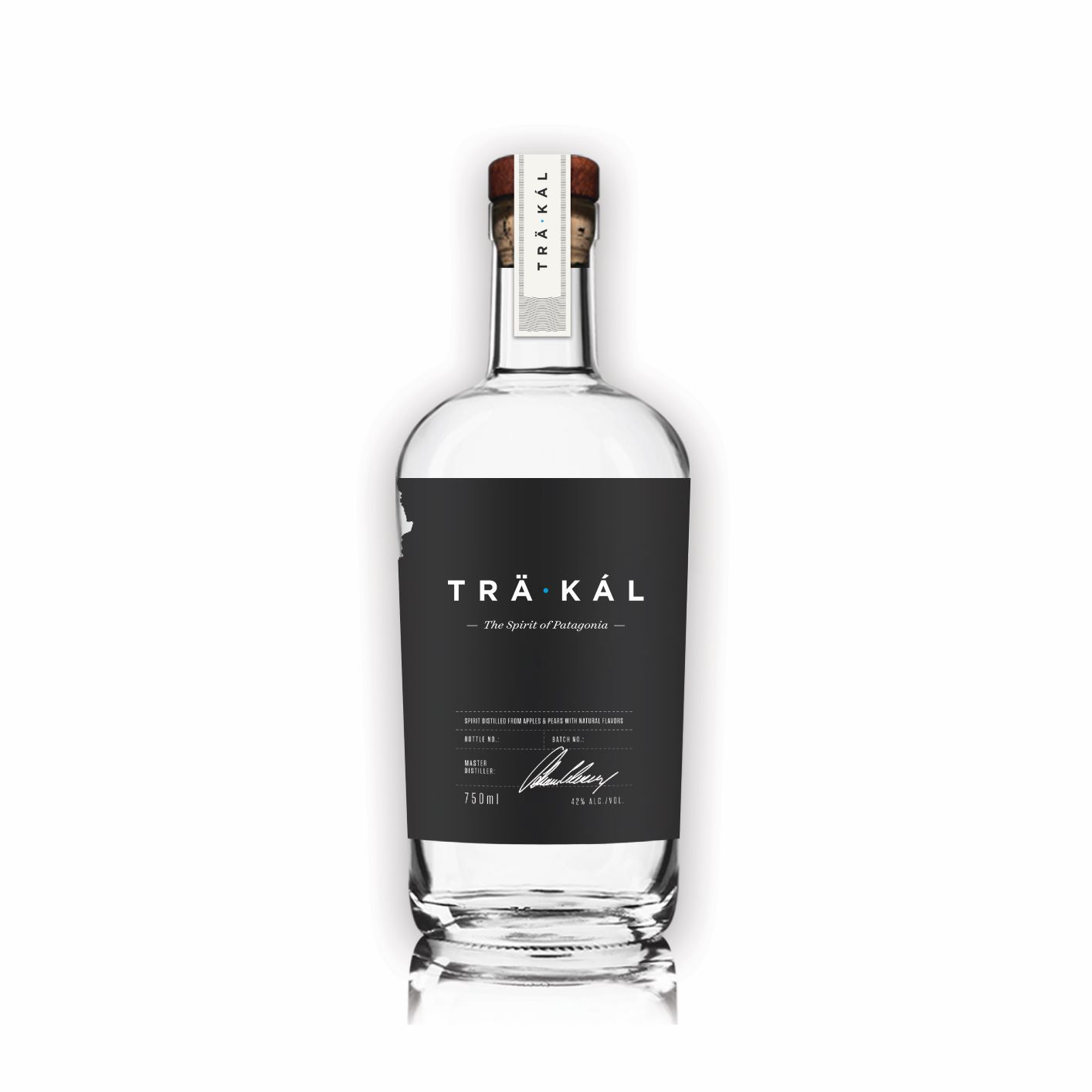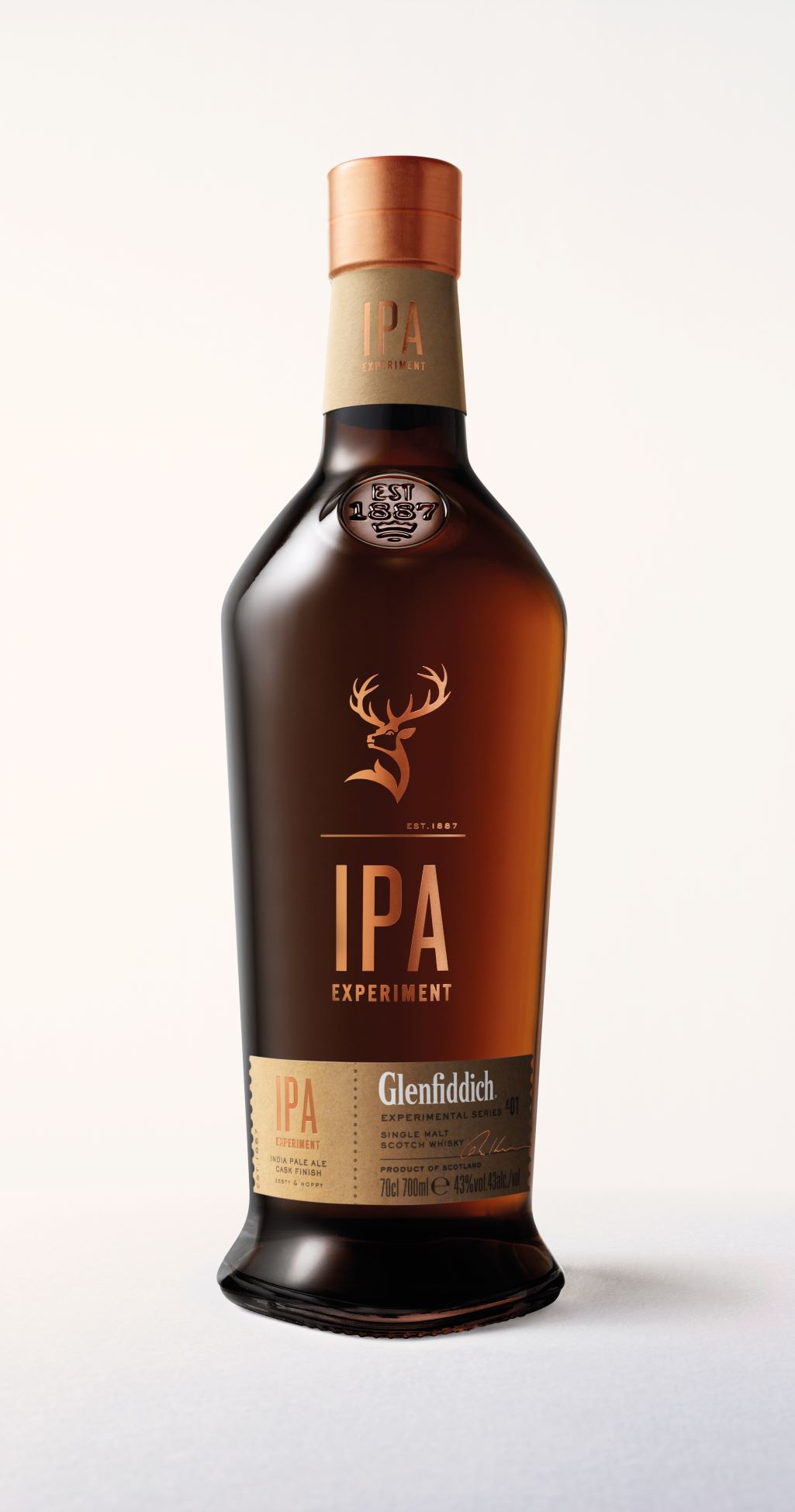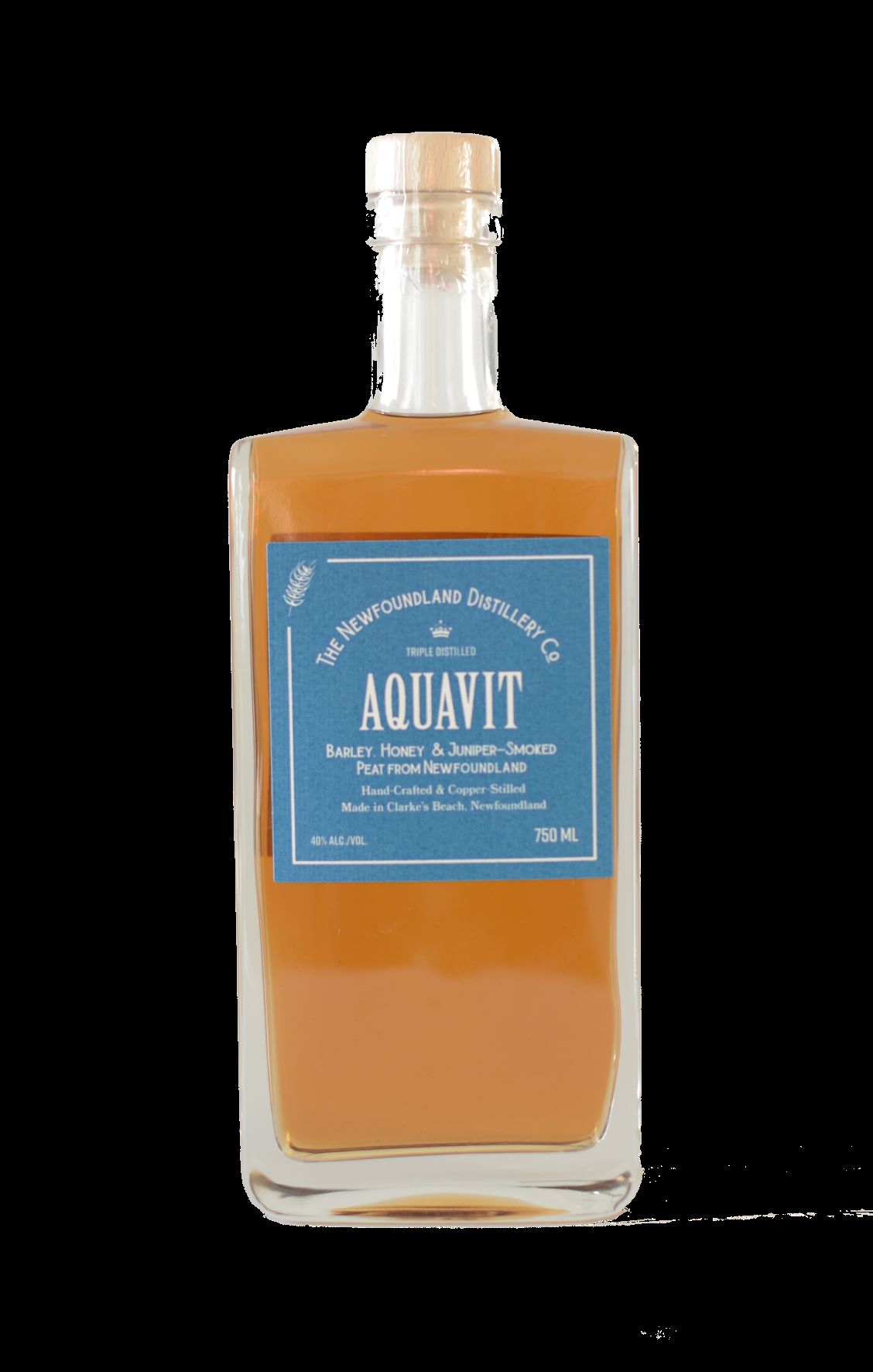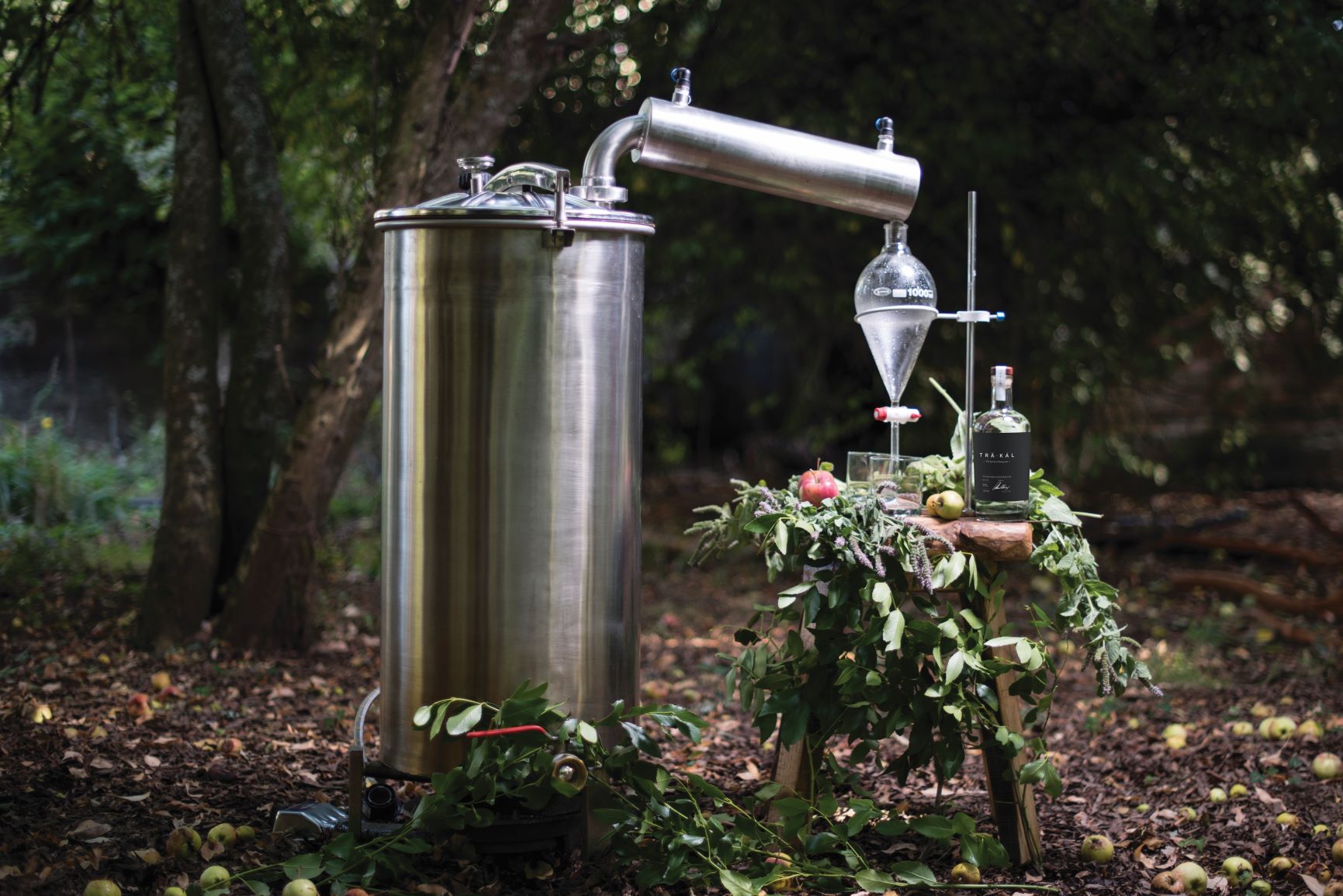From a completely new Chilean mountain spirit to Soderbergh’s Singani 63, the world has never seen such a revolutionary time for tipples than now.
Written by Charlene Rooke
It smells like wildflowers, cloves, and smoke, with a touch of petrichor. Nothing tastes quite like Träkál, a new spirit from the mountains of Chile. “If brandy and gin had a Patagonian love child, this would be it,” says Matt O’Brien, the Canadian Träkál co-founder. The one-year-old spirit, a homegrown hit in South America, is already available in parts of North America.
That no liquor store has a designated shelf for his nearly unclassifiable spirit doesn’t faze O’Brien. Nor has this deterred Hollywood director Steven Soderbergh in bringing his version of singani (a Bolivian brandy-like spirit) to the world. Trailblazing brands like Träkál and Singani 63 are on a mission to redefine what we drink today.
There is more innovation pouring into the world of spirits right now than in the last century. “Ten years ago, you had the government-defined categories” for booze, says Darryl Lamb, the spirits guru at Legacy Liquor Store, B.C.’s highest-sales private retailer. “And the ‘other’ category included everything from Chinese baiju to German schnapps.”
Immigration trends, travel, technology and the locavore movement are some factors driving the development of niche and premium spirits for a generation that’s thirsty for a good backstory as much as for a well-made drink. As modern spirits aficionados drive the industry, an innovative array of bottles is appearing in stores and behind the bar.


The New Old
As traditional spirits categories break down, “typicity”—vodka that’s textbook neutral, rum that’s made for cola—“is a dirty word now,” says Lamb. Practising the cask-finishing craze that started with Scotch, he went to Mexico to create a bespoke batch of tequila aged in Cognac barrels. “We sold half of it in the first six days,” says Lamb. Thanks to private liquor retail in markets like Alberta, Nova Scotia and Saskatchewan, top bars have easier access to experimental products, allowing mixologists to get more creative with their bar menu, where trends are often tasted first.
The Liquor Control Board of Ontario (LCBO), massively influential as one of the world’s largest liquor buyers and retailers, has launched the Destination Collection online and in-store specialty boutiques for global products. It was a good move, as sales of the Destination Collection have grown 22 percent over the last year, according to a spokesperson for the company. Home bartenders can now score niche tipples like German Sechsämtertropfen herbal liqueur, Japanese Beniikko sweet-potato shochu and hip del Professore Italian vermouth. As customers visit, learn about, or emigrate from spirits-making cultures, they can now find once-hard-to-access products in Canada.
The Instagram and Netflix Effects
These days, flavours and novelty cocktails go global rapidly. Tiny, precious green and yellow bottles of French liqueur made in secrecy by Carthusian monks for nearly 300 years now spike instagrammable Chartreuse milkshakes. Napoli pizza aficionados sip fiery grappa and fiercely bitter amaro with zero-zero pies. Nuevo Latino cuisine pairs with cocktails based on cachaça, pisco or aguardiente, popularized by movies like Loving Pablo and Netflix shows like Narcos. Cool kids sip baiju and soju with their izakaya or pocha snacks, satisfying foodie hunger for diverse flavours. Social media and popular culture have accelerated our exposure to new and novel spirits at a pace not seen before.
Blurring the Lines
What is gin but “the world’s most famous flavoured vodka,” jokes Joel Virginillo, a Canadian ambassador for Tanqueray, which has tapped old recipes and new flavours to unleash delicious Malacca (rose and clove) and Flor de Sevilla (bitter orange) versions on your unsuspecting tonic. More and more, spirit types bleed into wine, beer, and cocktails—or even other spirits.
Martini & Rossi released a heritage-inspired blush Rosato vermouth, venerable Luxardo’s Bitter Bianco fuelled the white Negroni craze, and Angostura spiced an amaro with its signature rum and cocktail-bitters flavours. Jameson and Glenfiddich joined the category-benders, aging Irish and Scotch whisky, respectively, in beer barrels. Lorena Vasquez, master distiller for Zacapa, took her high-altitude Guatemalan rum to new heights by borrowing a Spanish sherry-aging technique to pioneer solera-aged rum.


Getting Crafty
The loosening or creation of liquor laws that spawned the Canadian craft spirits industry in the last decade has already inspired rogue products like a parsnip gin from Quebec’s Les Subversifs, pine-infused vodka from Ontario’s Kinsip, and a kelp-infused Vancouver Island akvavit from Sheringham Distillery. Nova Scotia’s Barreling Tides uses local aronia or haskap berries and tiny, sweet Arctic kiwi fruits; “things that grew in our backyard unrecognized for so many years,” says distiller and former chef Russ Murphy.
In Southern Alberta, Canadian-born, Scottish-raised Caitlin Quinn is distilling everything from Prickly Pear EquineOx (a white barley-based spirit using the flavourful cactus) to the hybrid spirit Gin Rummy at Eau Claire Distillery. “We’re still using the traditional [distilling] methods they use in Scotland, but we can almost reinvent the way we’re doing it just because we have the leeway,” she says.
The poster child for small-batch spirits innovation might just be the Newfoundland Distilling Company, a 2018 Double Gold winner at the San Francisco World Spirits Competition for its Seaweed Gin. Its hyper-local aquavit is in the spirit of Vikings that landed on The Rock a thousand years ago. “We interpreted that aquavit was meant to be a local grain spirit with local botanicals—and we don’t grow dill, caraway or fennel here,” says co-founder Peter Wilkins, who instead uses botanicals like savoury and beach-foraged peat in a spirit lightly sweetened with local honey.


International spirits companies “see Canada as an exciting land of opportunity,” said The Spirits Business magazine in 2018, even with possible trade barriers and the legalization of cannabis clouding the market. Spirit launches are well received here, offering a taste of disruption in the form of unfamiliar flavours or ancient distillates that are pouring onto bar and liquor-store shelves anew. Will some of them inspire essential future cocktailing and derail the Martini, Manhattan, Daiquiri, or Margarita? The savvy, global-culture-influenced palates of our kids and grandchildren who come of age drinking these innovative spirits might just define the next generation’s classics.








